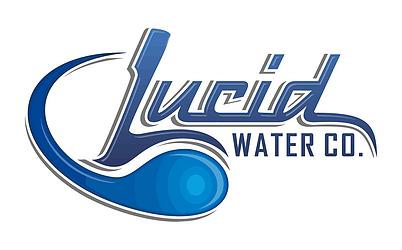Plastic Water Bottles and the Environment
The alarming statistics about the use of plastic water bottles and their harmful impact on the environment has, unfortunately, not curbed their use. Statistics show that only 9% of the 400 billion plastic water bottles used around the globe in 2016 were recycled with the remainder ending up in landfills and oceans.
Plastic water bottles need 400 years to biodegrade and as they breakdown, tiny particles known as microplastics work their way into the food chain threatening many marine species and human health.
The shortage of clean, potable water in many rural and urban areas across the globe is driving the demand for plastic bottles. Governments have not taken the expected actions needed to curb plastic water bottle use and judging from the fact that the consumer is paying top dollar for a resource that is freely available in nature, we all need to sit up, take notice and leap into action before it’s too late.
Plastics in the ocean
The ‘Great Pacific Garbage Patch’ is the most well-known, but not the only area where plastic and other waste collects in the oceans, covering an area that is thought to be twice the size of Texas. Worryingly, this slow-moving whirlpool also contains toxic microplastics. Hundreds of thousands of marine life and birds die from the consumption of plastics and sea turtles are very vulnerable. Plastic water bottles also act as traps, with smaller sea creatures seeking refuge in them while larger prey will often consume them whole.
Impact of plastic water bottles on human health
Toxic microplastics find their way into the food that humans consume because they are found in the marine life that we consume. Microplastics are also found in sewage sludge that is often used as fertilizer for agriculture, once again finding its way into the food consumed.
Recycling of plastic
Plastic water bottles are 100% recyclable, but many countries don’t have the infrastructure required. Unfortunately, it is also cheaper to produce plastic water bottles than to recycle them and recyclers often turn plastic bottles into other consumer goods because it is cheaper than to recycle them for bottled water again. Frequent recycling also degrades the quality of the plastic to the point where it then becomes non-recyclable.
Carbon Footprint of producing plastic water bottles
Fossil fuels are needed to create plastic water bottles and it is estimated that each bottle has a total carbon footprint of 82 grams, while the manufacturing process uses precious water resources.
Action that consumers can take.
We can all set a fine example for the next generation to follow by drinking sustainable water that does not come in single-use plastic. This is the best contribution every consumer can make to the environment and the future of our planet.
Lucid Water supplies great-tasting, fresh drinking water to homes and offices. Cold (and hot) water is conveniently available from your Lucid water dispenser or under counter filtration system and eliminates the need for single-use plastic water bottles. Please remember to fill your reusable water bottle and take it with you when you leave your home or office. You can download and print a reminder poster here:
Visit our website today or https://www.lucidwaterco.com/ contact us to find out how quick and affordable it is.


